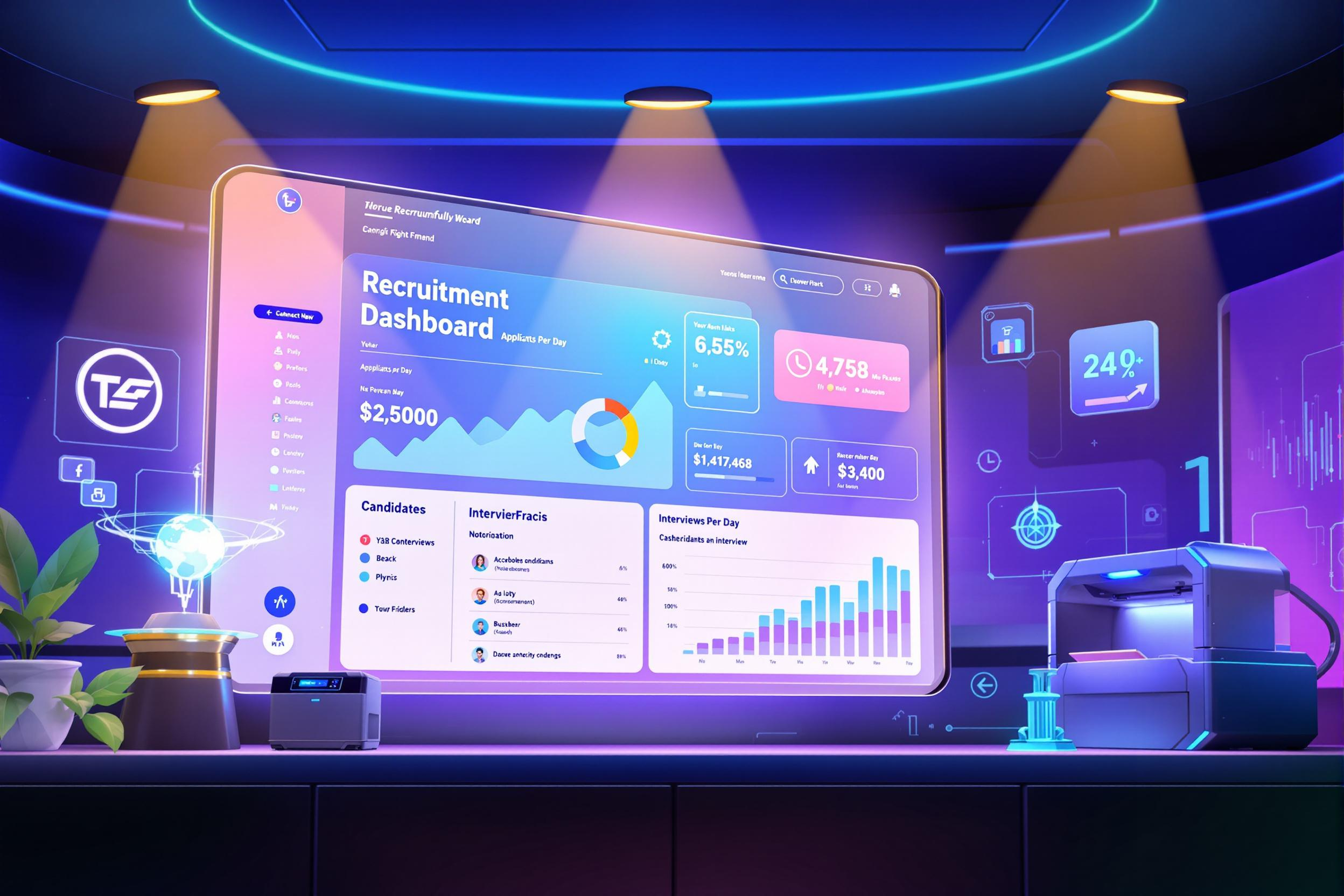
TMS
TMS, or Transportation Management System, is a software solution that helps companies manage their shipping and delivery operations. Think of it as a control center for all transportation-related activities. It helps businesses plan the best routes for deliveries, track shipments in real-time, manage shipping costs, and handle paperwork electronically. Companies use TMS to save money on shipping, deliver goods faster, and keep their customers happy. It's similar to how a GPS helps you find the best route to your destination, but on a much larger scale for business shipping needs.
Examples in Resumes
Implemented TMS solution that reduced shipping costs by 15%
Managed team of 5 consultants for Transportation Management System rollout across 3 distribution centers
Led configuration and training for new TMS platform serving 200+ daily shipments
Typical job title: "TMS Consultants"
Also try searching for:
Where to Find TMS Consultants
Professional Organizations
Online Communities
Job Resources
Example Interview Questions
Senior Level Questions
Q: How would you manage a large-scale TMS implementation across multiple locations?
Expected Answer: Look for answers that show experience in project management, change management, and understanding of both technical and business needs. They should mention stakeholder communication, training programs, and risk management strategies.
Q: What methods have you used to measure ROI on TMS implementations?
Expected Answer: Strong answers should include specific metrics like reduction in shipping costs, improved delivery times, better carrier rates, reduced administrative work, and improved customer satisfaction scores.
Mid Level Questions
Q: What are the key features you look for when selecting a TMS for a client?
Expected Answer: Should mention core features like route optimization, carrier management, real-time tracking, cost analysis, and reporting capabilities, while also considering the client's specific needs and budget.
Q: How do you ensure successful user adoption of a new TMS?
Expected Answer: Should discuss training programs, user documentation, pilot testing, gathering user feedback, and providing ongoing support to help users transition to the new system.
Junior Level Questions
Q: What are the basic components of a TMS?
Expected Answer: Should be able to explain basic functions like shipment planning, carrier selection, tracking, and reporting in simple terms.
Q: How does a TMS help improve shipping operations?
Expected Answer: Should explain basic benefits like better route planning, cost savings, faster delivery times, and easier tracking of shipments.
Experience Level Indicators
Junior (0-2 years)
- Basic understanding of shipping operations
- Knowledge of TMS software basics
- Data entry and reporting
- Customer support for TMS users
Mid (2-5 years)
- TMS configuration and customization
- Training and implementation support
- Carrier relationship management
- Process improvement projects
Senior (5+ years)
- Large-scale TMS implementations
- Strategic transportation planning
- Team leadership and project management
- ROI analysis and optimization
Red Flags to Watch For
- No hands-on experience with any TMS platform
- Lack of understanding of basic shipping operations
- Poor communication skills for training and implementation
- No experience with change management or user adoption




